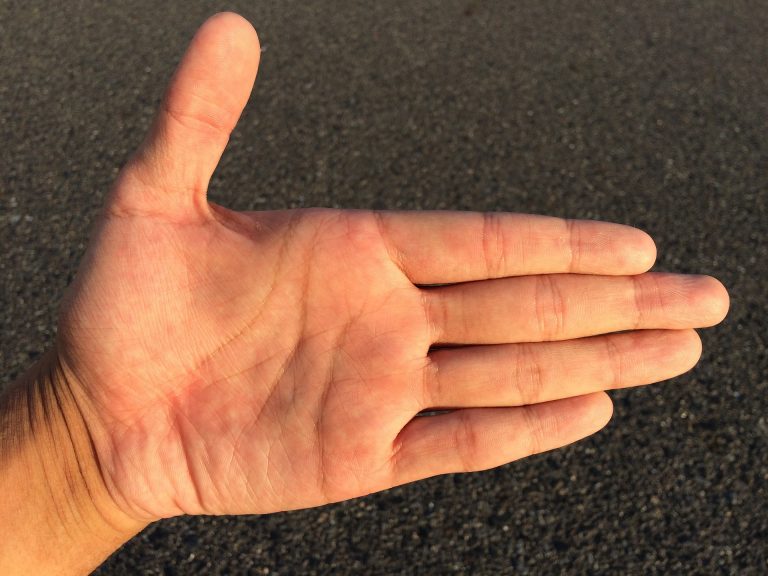Introduction
Rudraksha, often revered for its spiritual significance and healing properties, is a seed derived from the Rudraksha tree (genus Elaeocarpus). Found primarily in the Himalayan regions of Nepal, India, and Indonesia, Rudraksha beads hold a special place in Hinduism and other spiritual traditions. Believed to possess mystical powers and therapeutic benefits, Rudraksha beads have been used for centuries in meditation, prayer, and healing practices. This article delves into the multifaceted aspects of Rudraksha, including its botanical origins, religious significance, medicinal properties, cultural traditions, economic impact, and ongoing scientific research.
Botanical Origins
Rudraksha trees belong to the Elaeocarpus genus and are evergreen trees native to the Himalayan foothills and other tropical and subtropical regions of Southeast Asia. The trees typically grow up to 50 meters tall and produce small, blueberry-like fruits containing Rudraksha seeds. These seeds, also known as Rudraksha beads or tears of Shiva, are characterized by their unique grooved surface texture, which varies in number from one face (ekmukhi) to twenty-one faces (bavamukhi), each believed to have different spiritual and healing properties.
Religious and Spiritual Significance
In Hinduism, Rudraksha beads are highly revered and associated with Lord Shiva, the god of destruction and transformation. Legend has it that Lord Shiva meditated for thousands of years using Rudraksha beads, imparting them with spiritual power and protection. The number of faces (mukhi) on each Rudraksha bead correlates with different deities and cosmic energies, making them sacred objects used in prayer, meditation, and spiritual rituals. Beyond Hinduism, Rudraksha beads are also utilized in Buddhist and other spiritual traditions for their symbolic and metaphysical properties.

Medicinal and Healing Properties
Rudraksha beads are believed to possess medicinal properties that promote physical, mental, and spiritual well-being. They are said to regulate blood pressure, relieve stress, improve concentration, and enhance clarity of thought. Traditionally, Rudraksha beads were worn as necklaces or bracelets to harness their healing energies and protect the wearer from negative influences. Modern scientific research is exploring the bioactive compounds present in Rudraksha seeds, such as alkaloids and flavonoids, which may contribute to their therapeutic effects.
Cultural Traditions and Practices
Rudraksha beads are an integral part of cultural traditions and practices in South Asia and beyond. They are worn by devotees and spiritual seekers as a symbol of devotion, faith, and protection. In addition to their religious significance, Rudraksha beads are used in astrology and Ayurveda (traditional Indian medicine) for their holistic healing properties. They are also gifted during auspicious occasions and ceremonies as a token of blessings and goodwill.
Economic Impact and Trade
The trade of Rudraksha beads has significant economic implications for regions where they are cultivated, particularly in Nepal and Indonesia. Rudraksha beads are harvested, processed, and sold globally through specialized markets and online platforms catering to spiritual and wellness enthusiasts. The economic value of Rudraksha cultivation supports livelihoods in rural communities, where local artisans craft Rudraksha jewelry and sacred objects, contributing to cultural preservation and sustainable tourism.
Scientific Research and Exploration
In recent years, scientific interest in Rudraksha has grown, leading to studies on its botanical characteristics, phytochemical composition, and therapeutic potential. Researchers are investigating the antioxidant, anti-inflammatory, and neuroprotective properties of Rudraksha seeds, exploring their potential applications in pharmaceuticals and nutraceuticals. Furthermore, advancements in biotechnology and genetic studies aim to enhance Rudraksha cultivation techniques and ensure sustainable production to meet global demand while preserving genetic diversity.
Challenges and Conservation Efforts
Despite their spiritual and economic value, Rudraksha trees face conservation challenges due to habitat loss, overharvesting, and climate change. Sustainable management practices, including reforestation initiatives and community-based conservation efforts, are essential to safeguarding Rudraksha habitats and maintaining biodiversity. Conservation organizations collaborate with local communities and governments to promote responsible harvesting practices and preserve traditional knowledge associated with Rudraksha cultivation.
Future Directions and Opportunities
Looking ahead, the future of Rudraksha lies in continued research, conservation, and sustainable development initiatives. Integrating traditional wisdom with modern scientific advancements offers promising opportunities to unlock the full potential of Rudraksha beads for health, spirituality, and economic prosperity. As global awareness of Rudraksha grows, efforts to protect its cultural heritage and ecological significance will be crucial in ensuring its enduring legacy for generations to come.
Conclusion
In conclusion, Rudraksha beads symbolize the intersection of spirituality, healing, and cultural heritage in South Asia and beyond. From their origins in ancient mythology to their contemporary applications in wellness and science, Rudraksha beads continue to inspire reverence and curiosity worldwide. As we navigate the complexities of a modern world, the timeless wisdom and profound symbolism of Rudraksha beads offer solace, connection, and hope for a harmonious future.

